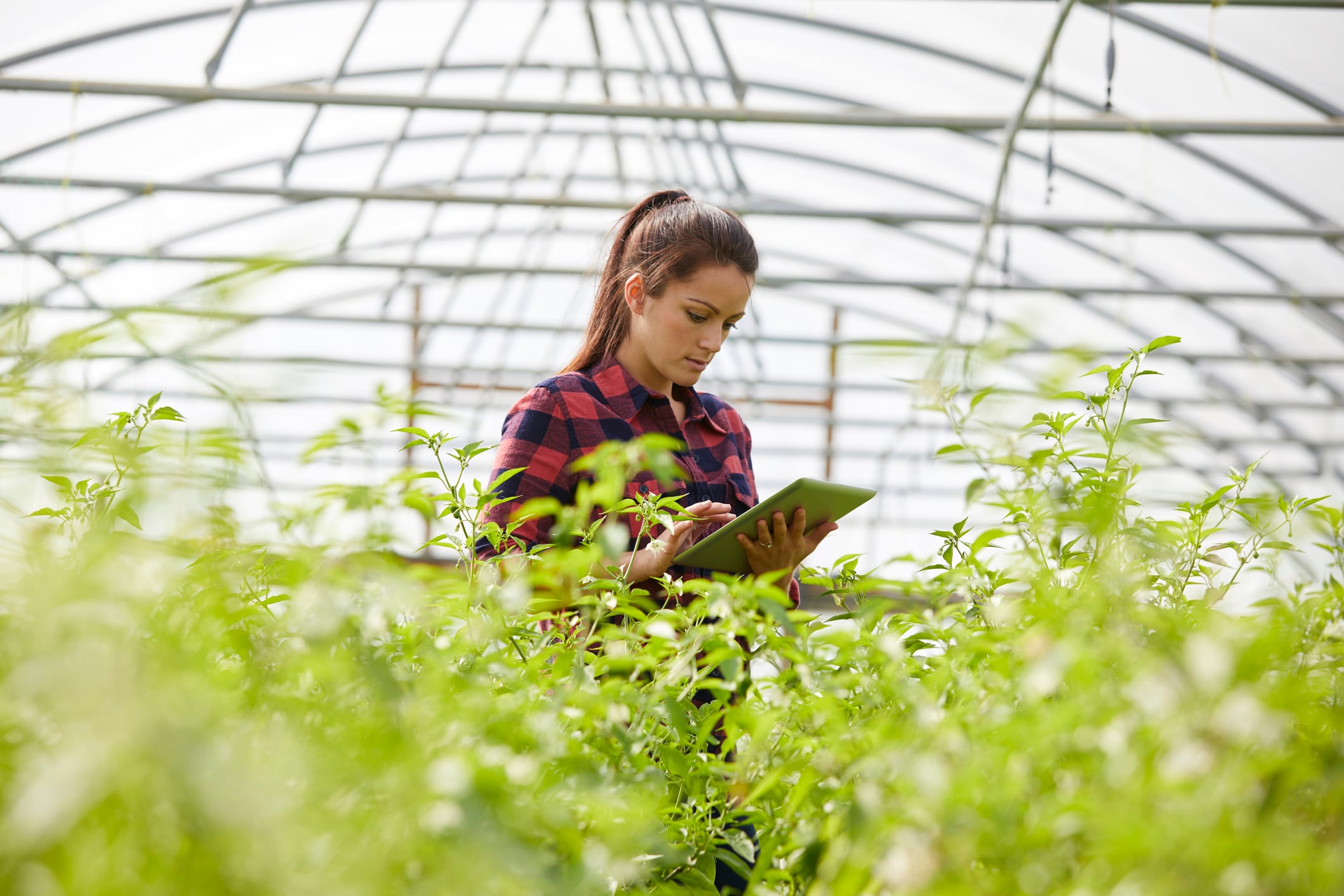A nanosensor that can track a key plant growth hormone, indole-3-acetic acid (IAA), in real time across different species was developed by researchers from the Disruptive & Sustainable Technologies for Agricultural Precision (DiSTAP) interdisciplinary research group (IRG) of Singapore-MIT Alliance for Research and Technology (SMART).
This non-invasive sensor that can empower farmer to make data-driven decisions can boost crop productivity and resilience.
“This sensor can transform day-to-day farming by providing real-time, precise insights into plant health, enabling farmers to tailor irrigation, nutrient supply and pruning with greater accuracy. By catching signs of stress early, farmers can intervene promptly to prevent crop loss, optimise resource use and improve overall yields,” said Dr Duc Thinh Khong, Research Scientist at the Disruptive & Sustainable Technologies for Agricultural Precision (DiSTAP) interdisciplinary research group (IRG), Singapore-MIT Alliance for Research and Technology (SMART) – MIT’s research enterprise in Singapore.
“On a global scale, these smarter, data-driven decisions can boost crop productivity and resilience, helping to strengthen food security amid climate challenges and a growing population.”
The goal is to use the technology to combine multiple sensors, allowing farmers to get a full picture of a plant’s health in real time.
“The long-term vision is to integrate multiple sensing platforms to simultaneously detect indole-3-acetic acid (IAA) and its related metabolites, creating a comprehensive hormone signalling profile for deeper insights into plant stress responses,” Khong told AgTechNavigator.
This will be the team’s focus in the next phase.
“Over the next 12 months, the DiSTAP team will advance multiplexing by integrating IAA sensors with those for gibberellins, salicylic acid, and hydrogen peroxide via microneedle applicators for precise and comprehensive plant hormones profiling in leaves or roots and explore pilot trials with Singapore’s urban farms to deploy sensors on in-demand leafy greens,” said Khong.
Currently, researchers are collaborating with local farmers to “translate these innovations into practical, field-ready solutions for precision agriculture.”
“To make the nanosensor accessible to farmers, we are collaborating with Singapore’s urban farms to test our plant hormone sensors on high-valued leafy greens, integrating user-friendly methods like microneedles for early stress detection to boost crop yields,” said Khong.
CoPhMoRe explained
The researchers claim the sensor is the first of its kind, “capable of real-time, non-destructive and species-agnostic” detection of the growth hormone.
Previously, methods like liquid chromatography were used to detect IAA. However, this required taking plant samples from the plant, which harms or removes part of it.
Conventional methods also measured the effects of IAA rather than detecting it directly and cannot be used universally across different plant types.
“This sensor builds on DiSTAP’s ongoing work in nanotechnology and the development of sensors that can detect important plant growth markers such as gibberellins, iron, and pH changes. This new IAA sensor adds to this inventory of novel, precise and non-destructive tools for monitoring plant health. Eventually, we look to multiplex, or combine, these sensors to monitor a spectrum of plant compounds and chemical elements for more complete insights into plant physiology,” said Khong.
The technology is powered by the corona phase molecular recognition (CoPhMoRe) technique developed by SMART DiSTAP and MIT.
“The advantages of using the CoPhMoRe technique lie in its ability to create highly specific and effective nanosensors for detecting molecules like the plant hormone IAA… We designed and developed synthetic polymers that could not only form a similar binding pocket to IAA but also make the sensor sensitive, selective, biocompatible, and effective across different plant species,” said Khong.
“This makes CoPhMoRe a powerful tool for real-time, non-invasive monitoring of plant hormones, which is valuable for both fundamental plant research and practical agricultural applications.”
A key hormone
IAA is a primary bioactive auxin hormone that controls the way plants develop, grow and respond to stress. IAA plays a central role in regulating key plant processes.
“Auxins, particularly IAA hormones, are a critical plant hormone to monitor, because they regulate essential plant processes like cell division, elongation, root and shoot development, and responses to environmental cues such as light, heat, and drought,” said Khong.
The inability to effectively regulate auxins affects the plant’s ability to adapt to changing conditions and can ultimately lead plants to grow poorly and not produce as much.
“External factors like light affect how auxin moves within the plant, temperature influences how much is produced, and a lack of water can disrupt hormone balance leading to poor growth, weak adaptation, or reduced crop yields… Monitoring IAA helps farmers and researchers ensure crops like choy sum or spinach grow robustly and resist stress, supporting higher yields and food security,” said Khong.





